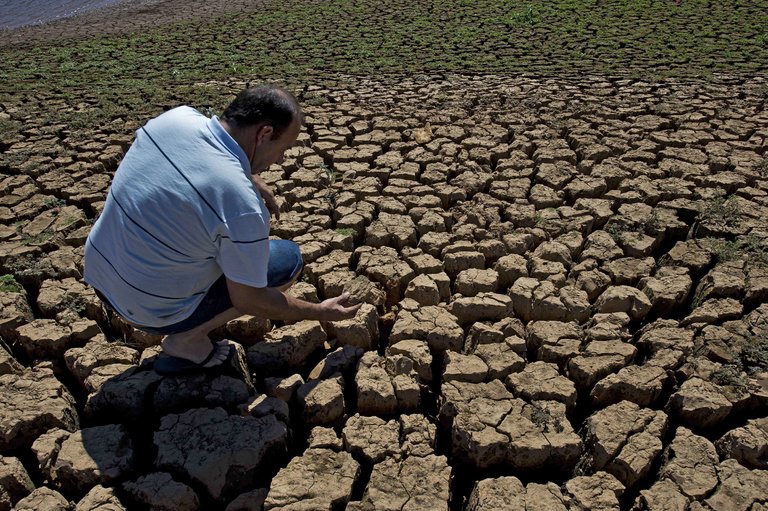When a vein is hard to find beneath a patient’s skin, doctors and nurses will sometimes tap on an arm, making the vessel visible.
On Friday afternoon, using blue chalk paint, Stacy Levy plans to palpate a few sidewalks on the Upper East Side of Manhattan to visualize the path of a stream, now out of sight, that has been running since ancient times.
Water doesn’t stop flowing because subways, shops and towers are built over streams and ponds. Much of New York before European settlement was a rich, wet archipelago. “Nature is not kicked out of the city,” said Ms. Levy, an environmental artist.
Searching for the city’s vanished waterways has become a form of specialized detective work, much of which begins with the Viele Map. Read more






